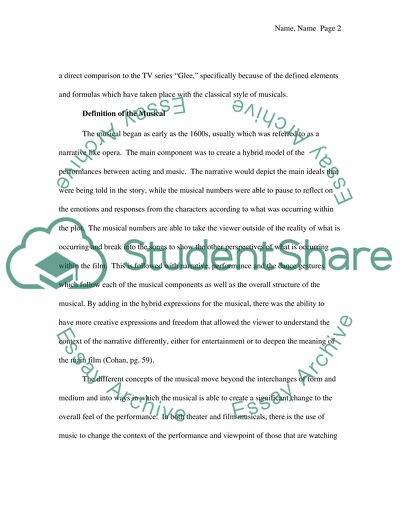Cite this document
(“Can Glee be called a musical in the classical sense Dissertation”, n.d.)
Retrieved from https://studentshare.org/music/1413390-can-glee-be-called-a-musical-in-the-classical
Retrieved from https://studentshare.org/music/1413390-can-glee-be-called-a-musical-in-the-classical
(Can Glee Be Called a Musical in the Classical Sense Dissertation)
https://studentshare.org/music/1413390-can-glee-be-called-a-musical-in-the-classical.
https://studentshare.org/music/1413390-can-glee-be-called-a-musical-in-the-classical.
“Can Glee Be Called a Musical in the Classical Sense Dissertation”, n.d. https://studentshare.org/music/1413390-can-glee-be-called-a-musical-in-the-classical.


